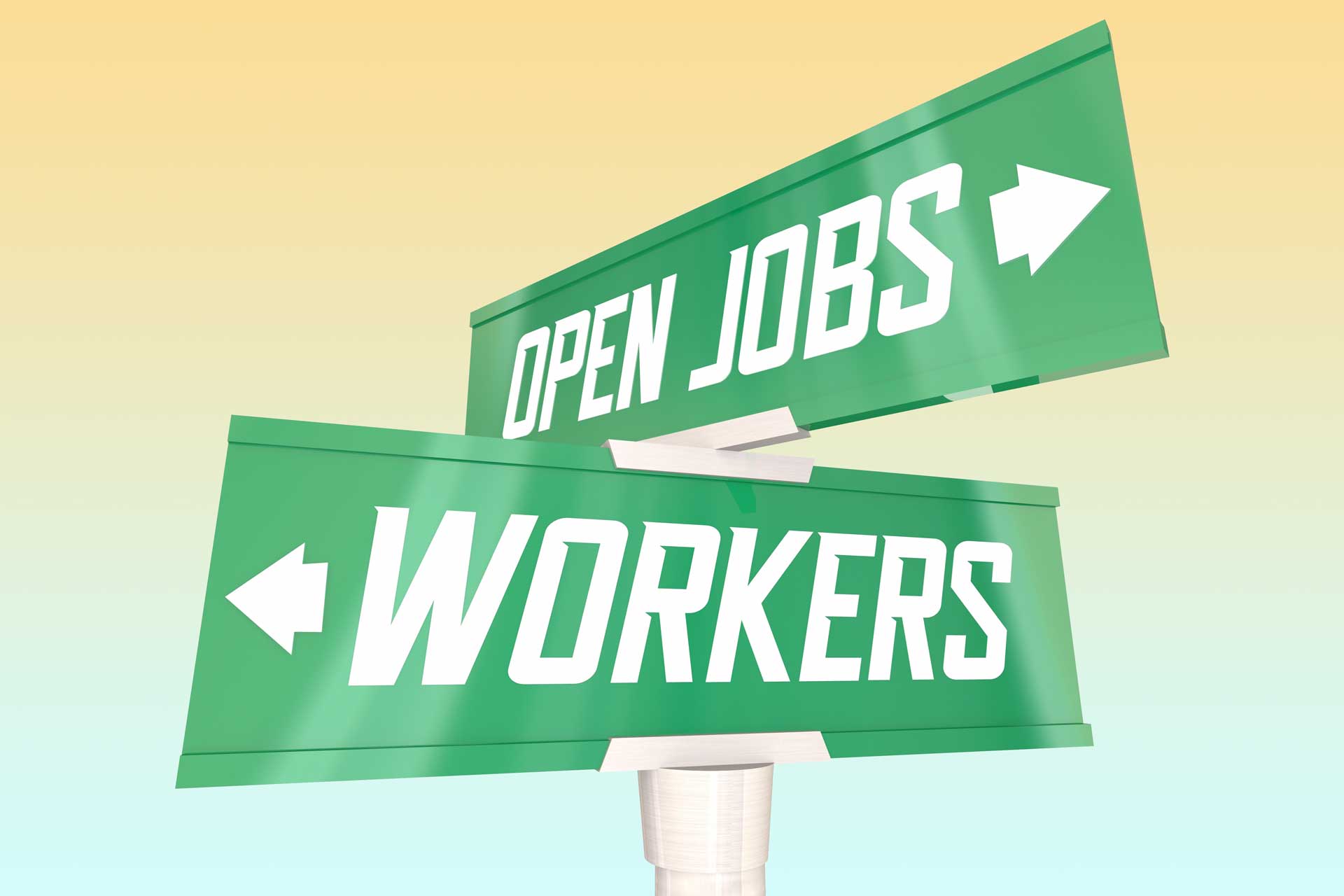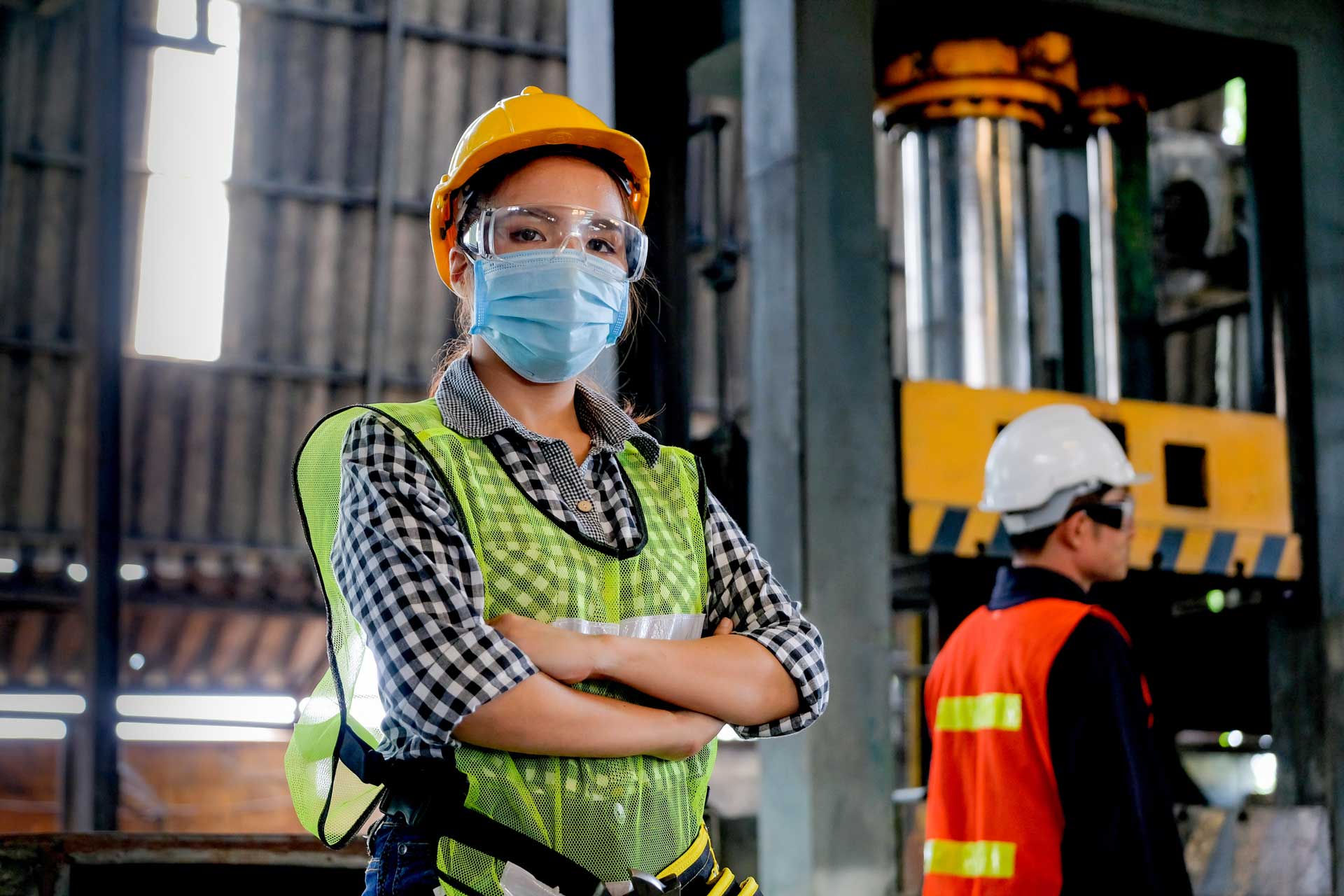The new lease accounting standard – ACS 842 – took effect for private and non-profit organizations for fiscal years starting January 1, 2022 (or 2023 for non-calendar year-end entities). While that means at the earliest your organization must account for all leases on your financial statements by the end of this year, there’s a lot of work to be done to meet the new standards. If you haven’t started, now is the time. If you wait until year-end, it will probably be too late.
First, a number of departments/functions may be affected by the change. This includes accounting, tax, real estate, equipment leasing, procurement, treasury, information technology, and legal. Consider creating a task force with representation from all impacted areas to put together a project timeline and plan.
Second, there are several activities you’ll need to complete, from policy development to data management and extraction to technology design, workflow, implementation, and more. Perhaps one of the biggest considerations is whether you should be adopting a technology solution to automate identifying lease language, monitoring, bookkeeping and more, which is something we strongly recommend.
So, if you haven’t already started, you need to catch up now. Waiting for year-end is not an option. If you need a refresher or to get reacquainted with ACS 842, following is an overview (originally published by RBT CPAs in August 2021 and updated for manufacturing companies).
RBT CPAs has partnered with Trullion – a lease management software company – to use modern technology to streamline the process. If you are interested in learning more about how this may benefit your organization, give us a call.
* * * * * *
Did you know that, in a matter of months, your leases will be accounted for differently due to the new lease accounting standard? While previously only capital leases were recorded on the balance sheet, effective for fiscal years beginning after December 15, 2021, all leases will be on the balance sheet. That translates to January 1, 2022 for calendar year entities, and fiscal 2023 for non-calendar year end entities.
What does this mean moving forward? It means all manufacturing organizations need to make sure they have a thorough handle on all of their leases that are for longer than 12 months, including those related to real estate and operations. Especially if your organization has been leasing more equipment or space, the number of leases you may need to review and track could be quite large. Now is the time to review and evaluate contracts.
The new definition of a lease under ASC 842: “A contract, or part of a contract, that conveys the right to control the use of identified property, plant, or equipment (an identified asset) for a period of time in exchange for consideration.” This slight change means that all contracts should be evaluated to determine if they fall within the scope of this new criteria. Contracts that were previously considered leases may no longer meet the lease criteria and vice versa. Be mindful of lease language when you are reviewing your contracts.
There will still be two categories of leases. The leases formerly known as capital will now be called finance leases. The classification criteria remain essentially the same as under the existing standard; the only major difference is the elimination of the bright-line percentages. All leases that do not meet one of those criteria will be classified as operating.
If a lease contract includes a non-lease element, that non-lease component must be accounted for as a separate contract distinct from the lease itself. For example, the cost of an equipment lease that includes a maintenance contract must be allocated between the two elements and accounted for separately.
Lease liabilities for operating and finance leases will all be accounted for in the liability section the same way capital leases currently are: split between current and long-term. The offset to the liability will be a right of use (ROU) asset. There will be two lines: a ROU asset – operating lease line, and a ROU asset – finance lease line. These ROU assets are all long-term.
The new standard was designed so that there should be minimal impact to your income statement. Operating leases will continue to be recognized as a straight-line expense over the life of the lease. Finance leases will continue to be frontend loaded because the interest is higher at the beginning of the lease than at the end.
The most significant impact will be on the company’s current ratio. Because the ROU assets are all long-term, but the lease liability is split between current and long-term, the current ratio will be negatively impacted. This change will be particularly important for entities with debt covenants that reference the current ratio. If you have significant operating leases that may create an issue with your debt covenants, connect with your bankers now.
Ultimately, it’s important that both the borrower and the lender understand that this is a reporting change, not a change in a company’s financial situation. Having this conversation early on instead of waiting until the last minute will avoid confusion, and a lot of headaches.










